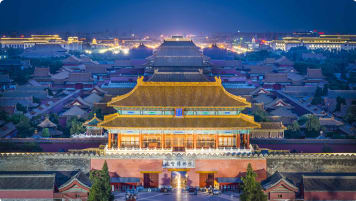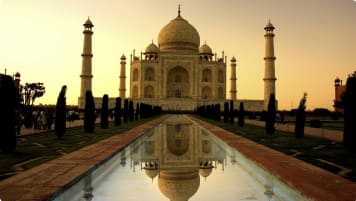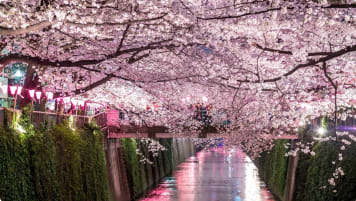How to Establish a Successful Empire
The Asian empires throughout history for the senior and mature solo traveller are presented in this article. Supports educational small group tours to India, Myanmar, China, Japan, Mongolia, Turkey and the Middle east.
29 Dec 21 · 4 mins read
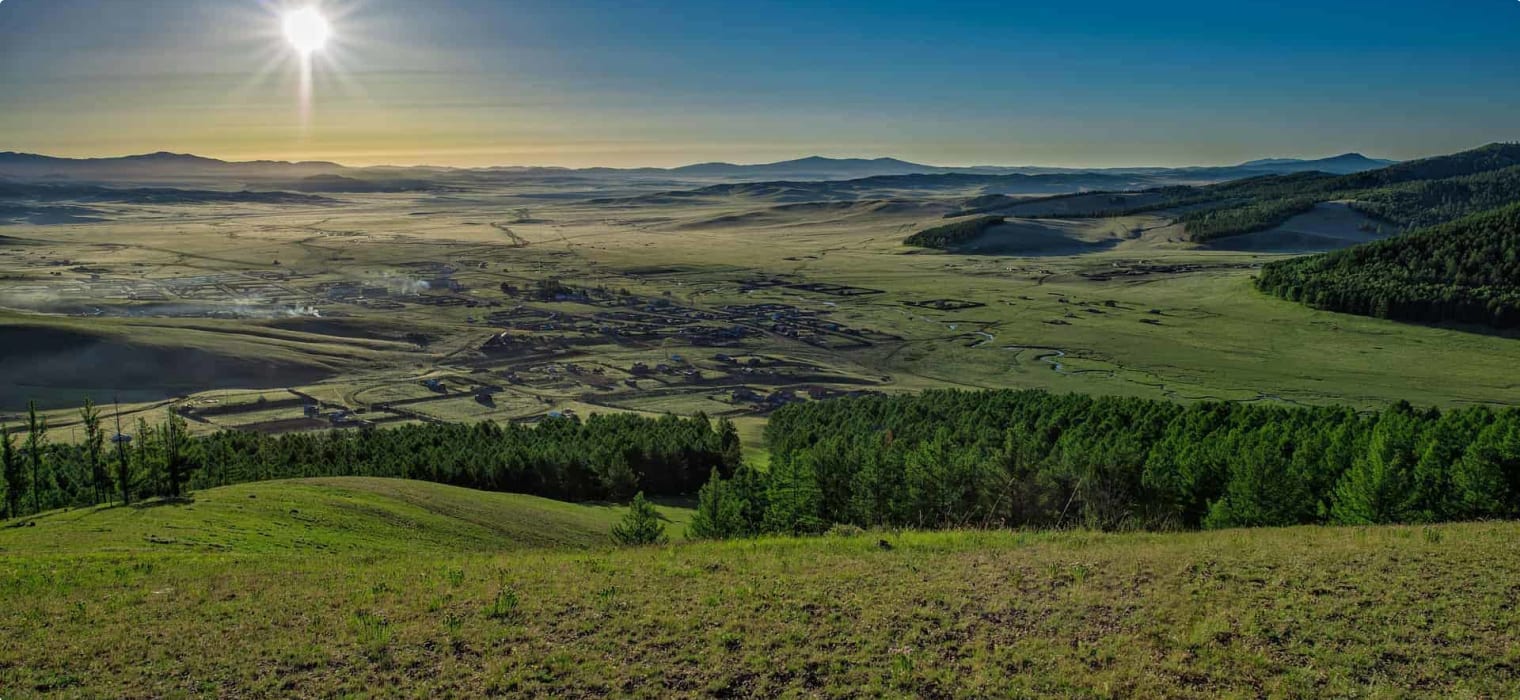
Creating Asian empires, learning from history.
The empires of Asia were expansive both in geography and in tenure. The Mongols had an empire that spanned the entire Asian continent as far as Europe, and the Ottomans ruled for almost 700 years, far wider and longer than any of their European counterparts. But what makes for a strong and lasting empire? There are many features that distinguish Asian empires from European ones. Asian empires were far less centralised in their governance structure as they maintained autonomous yet harmonious provinces, which were linked through trade, diplomacy and religion. But in order to adapt this type of structure, the first establishment of an empire demanded a capable leader, military know-how, and unification of a culture. Here’s how they did it, in three (seemingly) easy steps:

Step 1: Follow a smart, charismatic leader
Perhaps the most successful ruler of all time was Chinggis Khan in the late 1100s, whose Mongol empire stretched from the Japan sea to the Carpathian Mountains in Europe. He conquered this mass expanse within one generation, a testament to his ingenuity and persistence. Without his desire to expand his territory as well as his military expertise and persuasion of his people to carry it out, the Mongol empire would not have been the largest populated empire in history. Not only did he exhibit a high capability for military strategy, but he was also forward thinking in the way that he resourced human capital by incorporating conquered populations into the military and government structures. This allowed for greater invasive and protective capacity as well as for a more integrated society despite his empire being ethnically diverse.

Equally, the passion and ability of a rulers’ successor is important in establishing and further maintaining a successful empire. Without continued strong leadership, an empire can fall into disarray through internal feuds or rebellion from imperial rule. This occurred following Chinggis Khan’s death, when his empire was divided into separate states because he lacked one clear and capable successor. Contrarily, in the establishment of the Mughal empire, an undeniable successor to Babur was Akbar ‘the Great’, Babur’s grandson and descendant of Chinggis Khan’s bloodline. He continued the expansion of the empire that his grandfather laid the foundation for and elevated its rule through the establishment of a viable organization for the governance of different territories under his reign.
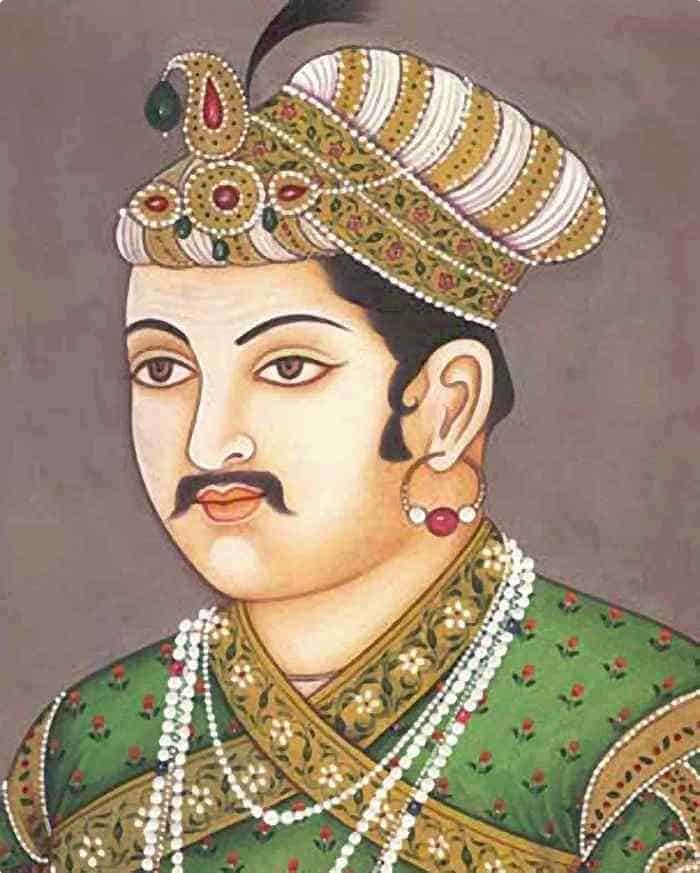
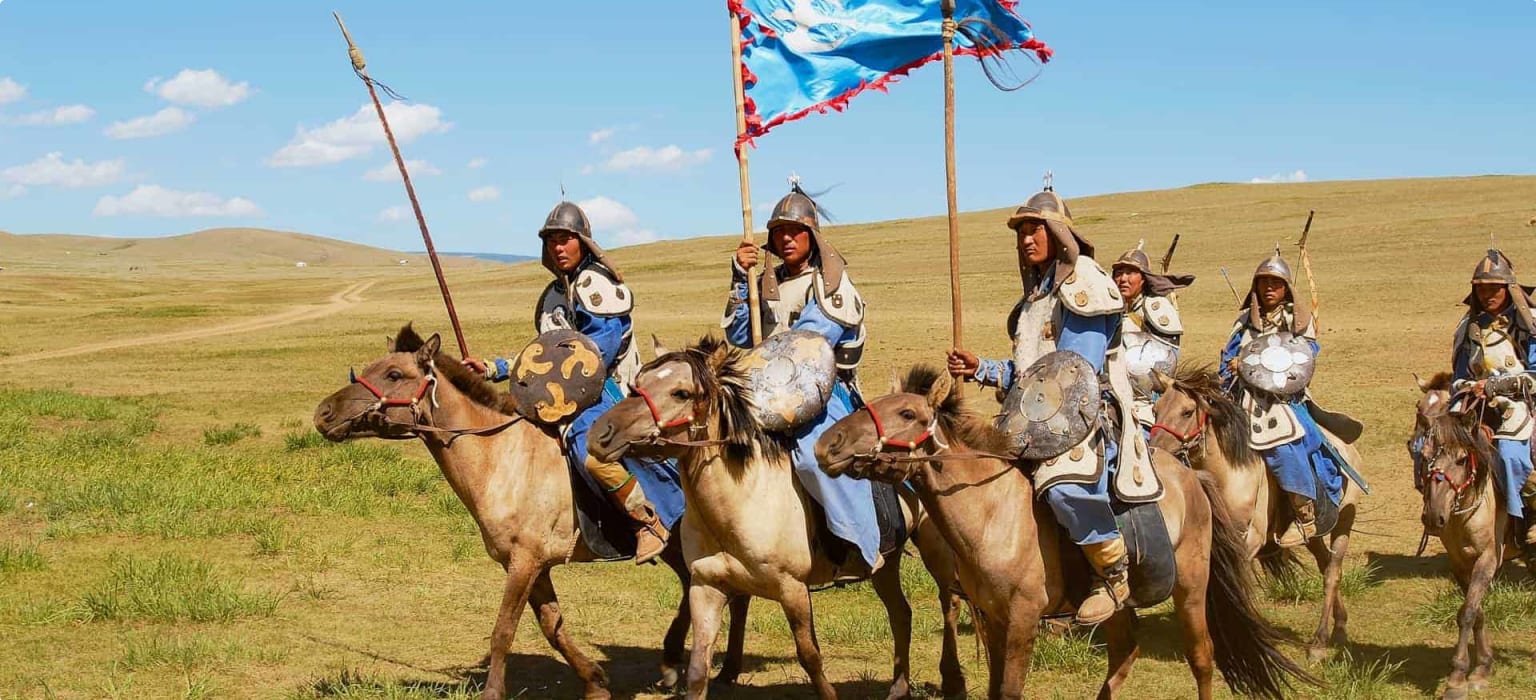
Step 2: Ensure military capability
There are a number of methods for creating a strong military. Not only does it benefit to have a large and skilled army, but it also needs to have a number of good resources specific to the area. For example, Chinggis Khan’s army bred very fast horses, who were able to transport the army far distances on the relatively flat plains that were abundant in the empire’s territory and surrounding areas.
Part of Chinggis Khan’s military success was his preying on communities that were experienced in military practices. In his book The Great Empires of Asia, Jim Masselos indicates that Chinggis Khan often targeted ‘pastoral nomadic communities’ whose constant movement regularly meant having to defend themselves as they navigated through new territories. This made these groups an asset to Chinggis Khan’s military once they were conquered because they were already trained. Chinggis Khan also realigned clan loyalties through a ‘decimal system’ (Masselos 2010), which effectively eliminated ethnic groupings from the army and created unity among them.

Additionally, advanced weapons technology can give an army the edge over its opposition. For example, the Ottoman Imperial army advanced the use of gunpowder for cannons and early rifles, which made it a force to be reckoned with, overpowering opposing armies.
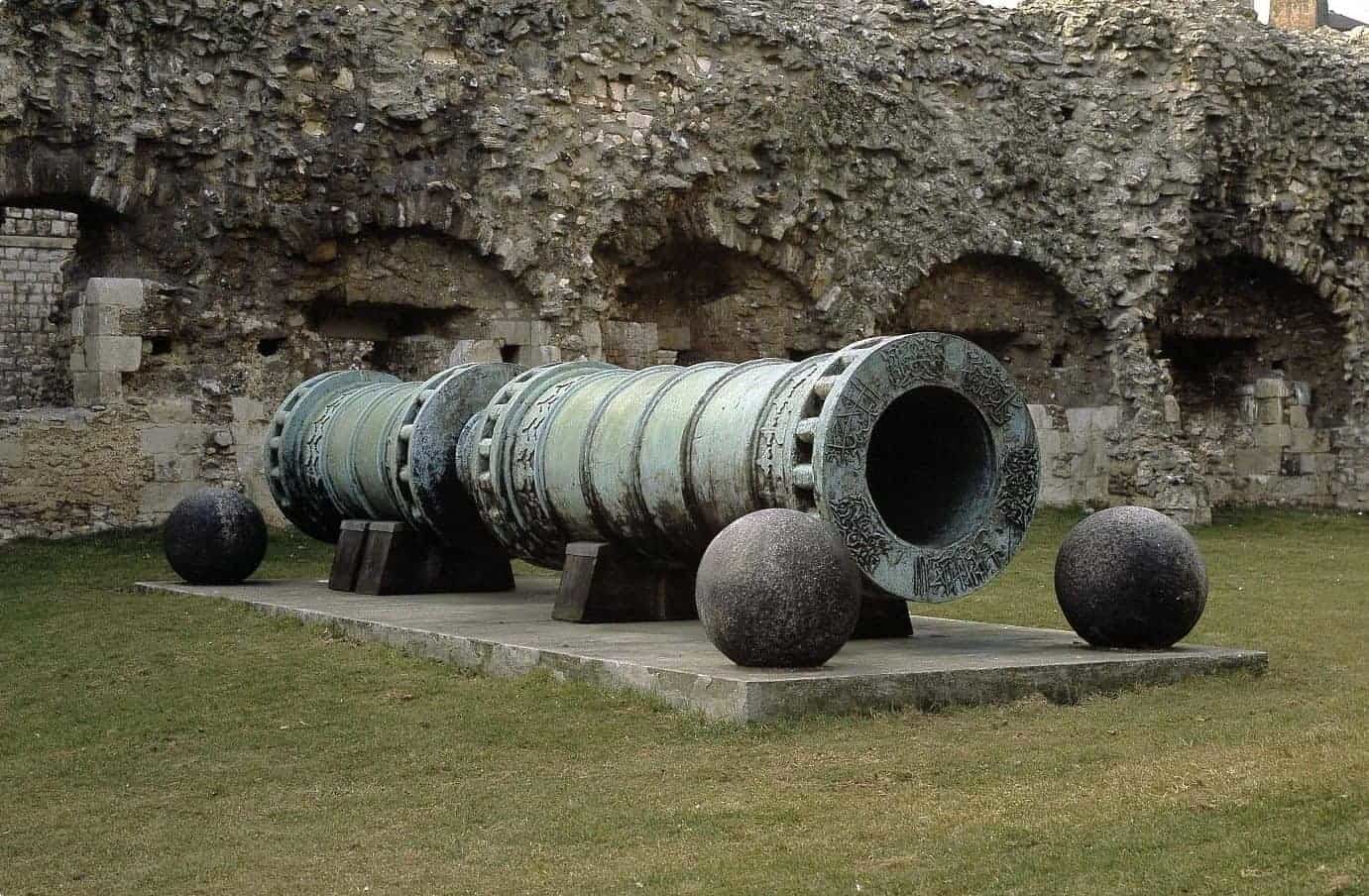
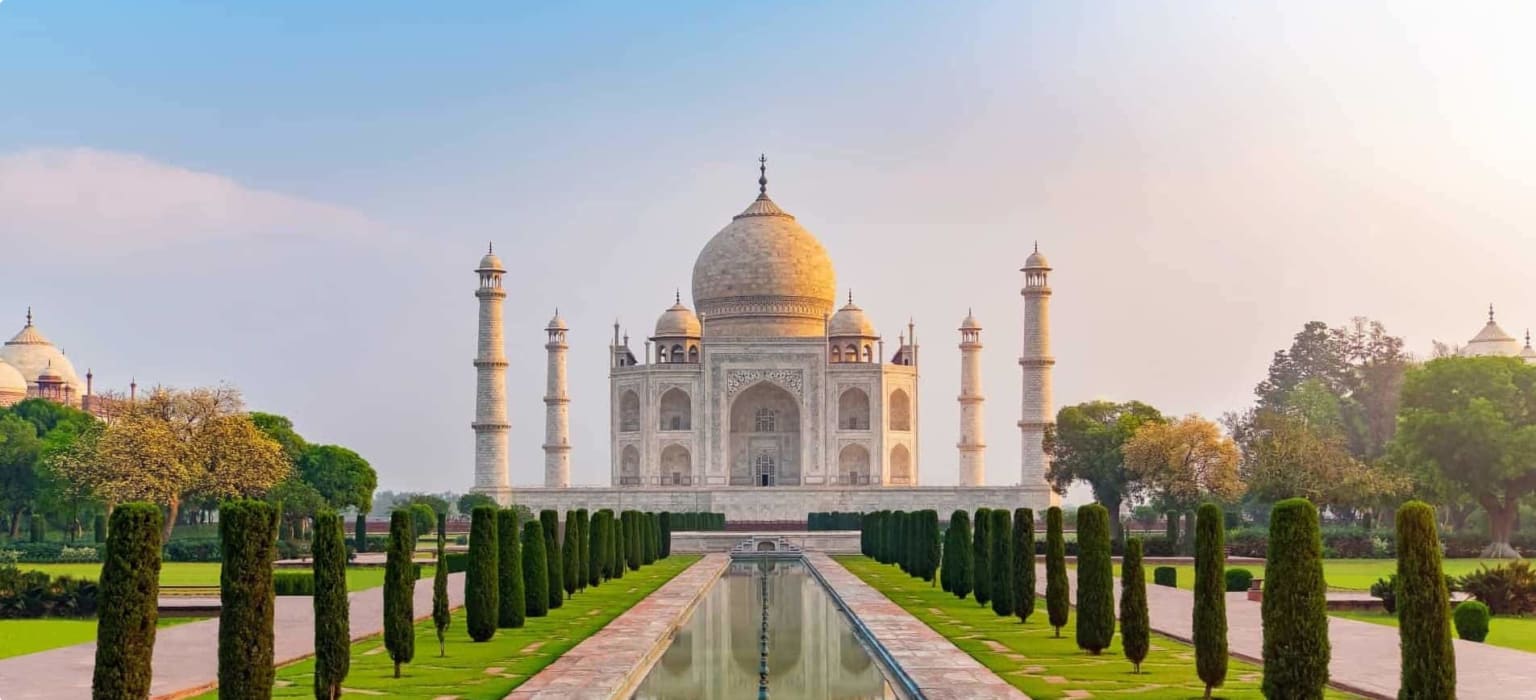
Step 3: Create a lasting economy and culture
With larger empires came an influx of wealth to emperors due to taxes for land ownership and increased trade within their territories and with neighbouring empires. Investment into industries employing the conquered peoples was essential to bring prosperity to both the emperors and also to the people, to satisfy any discontentment after new siege. An example of this can be seen during the Khmer Empire (802-1566) in Cambodia as they established a water system to expand its rice industry.
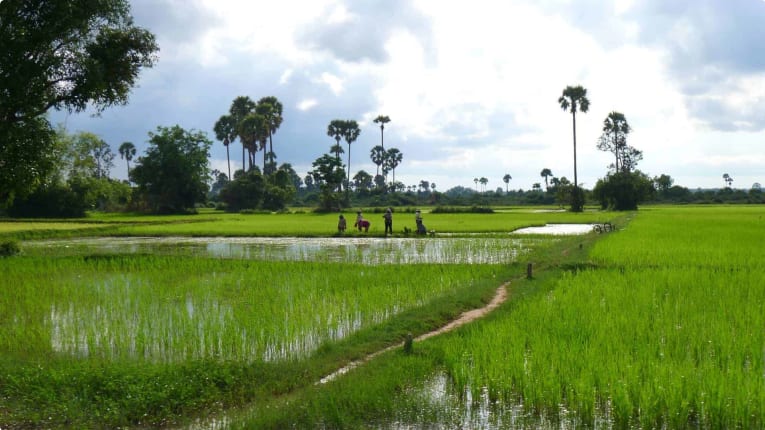
Interestingly, after initial violence and cruelty that occurred during invasion into new territories, Asian empires were mostly accommodating of the varying ethnicities and religions that were conquered and chose to amalgamate the communities into a multi-cultural and diverse society. This was done, as Chinggis Khan did, by unifying the people into one society through employment with government administration and military. Those conquered were not grouped with their former clans or communities within the empire, but rather were divided on a numbers-based system. Then, the society worked as one to advance civilization within the empire in terms of art, architecture, philosophy, and science among others.
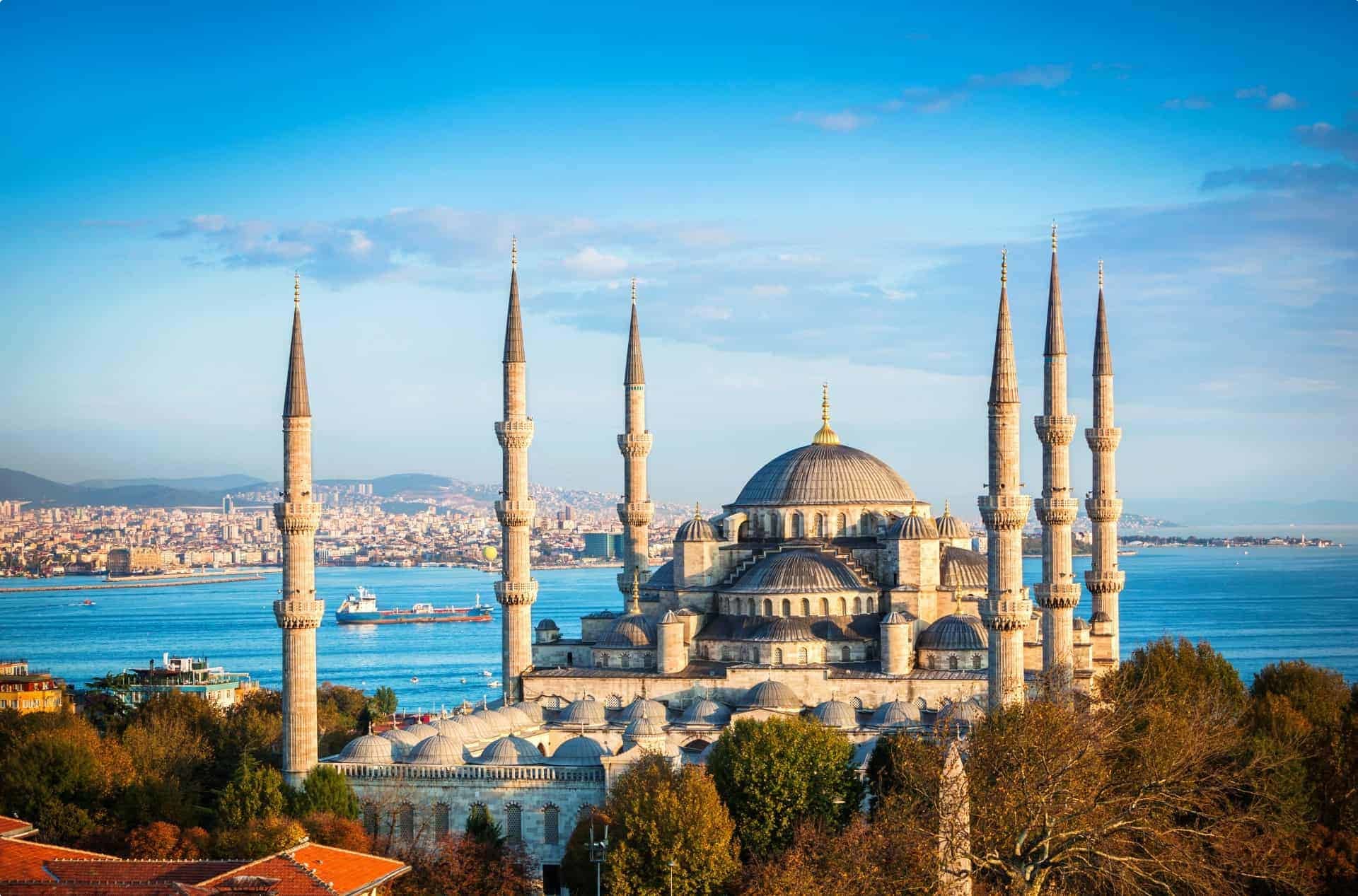
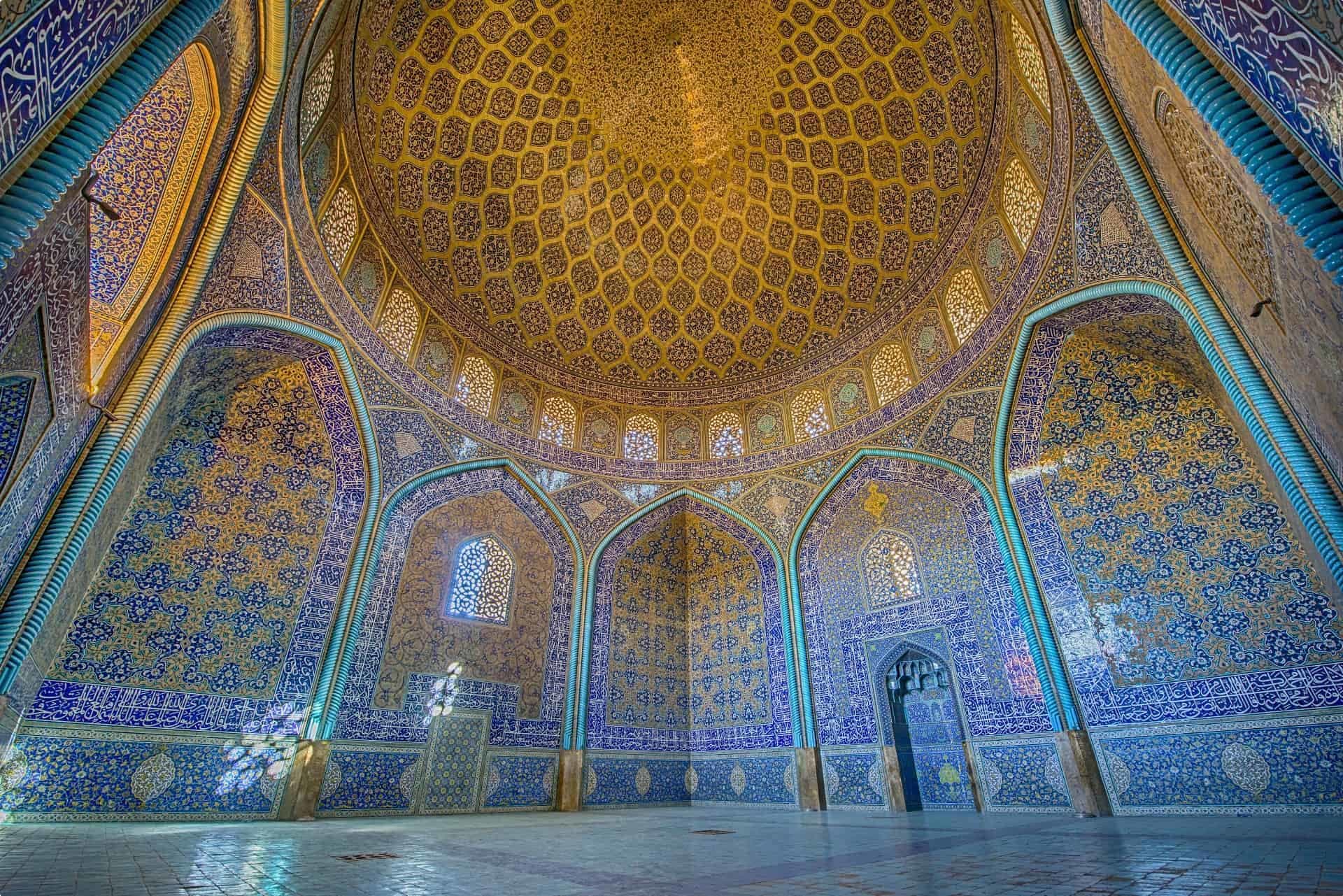
The development of art into unique styles for the empires marked their time in power. In addition to the Taj Mahal being identifyably from the Mughal Empire under emporer Shah Jahan, decades earlier, Akbar ‘the Great’ demanded new painting styles influenced by existing art from nearby territories, but still distinct and identifiable as from the Mughal empire. These arts and sciences created societal values that codified the empires’ importance in history.
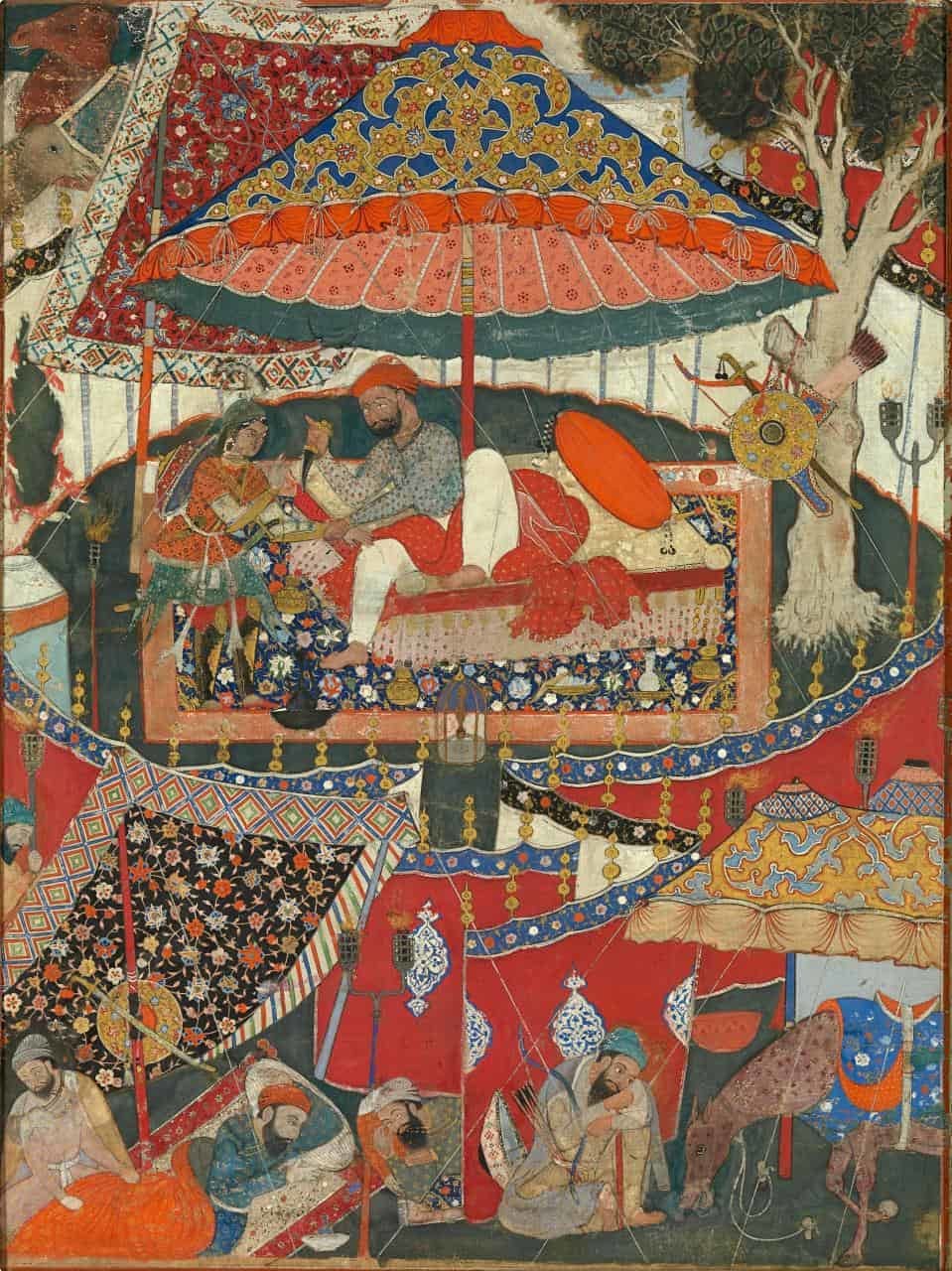
The makings of a strong empire is not always as straightforward as in these steps, but the successes of the top Asian empires in history, from the Khmers as far back as the 800s to the Mughals from the 1500s demonstrate that these are among the key requirements. A visionary leader, effective military strategy and long-term societal planning are all incorporated in the initial steps for conquering a land and making it a unified empire.
References:
Masselos, J. (2010). The Great Empires of Asia. London: Thames & Hudson Ltd.
Updated December 2021
Related Tours
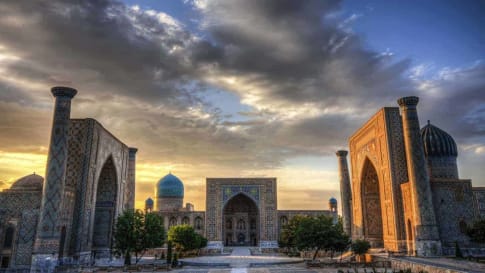
29 days
Aug, May, SepTravel on the Silk Road with Odyssey Traveller | Small Group Tour for Seniors
Visiting China, Kyrgyzstan
The Silk Road is an ancient trade route linking China and Imperial Rome through Central Asia. Few areas in the world remain as unexplored or offer such richness in terms of ancient and modern history, culture, and scenic diversity as Central Asia. Our Small group Silk road tours itinerary explores the Road through remote deserts and mountainous environments as we visit key sites between Xi'an and Bukhara.
From A$18,750 AUD
View Tour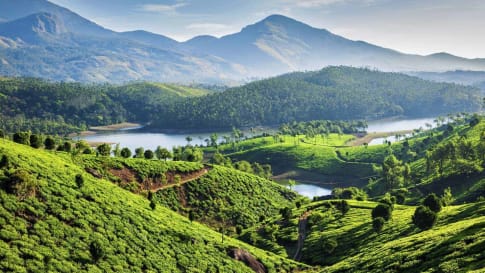
22 days
Nov, MarCultural and History Tour of India | Small Group Tour
Visiting India
Small group tour for mature and senior couples and solo travellers to India. Visiting Delhi and the red fort, Jaipur, Agra and so much more over 22 days explore the world of the Mughal.
From A$12,300 AUD
View Tour
20 days
Sep, AugMongolia Small Group Tour | Discover the history and culture of Mongolia
Visiting Mongolia
Mongolia is a relatively unexplored country for travellers but it has many diverse landscapes to explore, and interesting cultures to become acquainted with, all existing in a country with few cities and towns but with extensive rural lands that remain the domain of nomadic herders. Small group tour for couples or solo travelers
From A$13,750 AUD
View Tour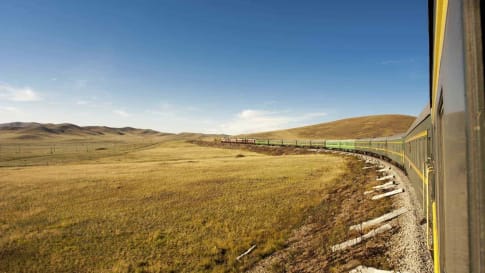
days
JulJourney through Mongolia and Russia small group tour
Visiting Mongolia, Russia
This escorted small group tour traverses this expanse, from Ulaanbaatar to St Petersburg; from the Mongolian Steppes to Siberian taiga and tundra; over the Ural Mountains that divide Asia and Europe to the waterways of Golden Ring. Our program for couples and solo travellers uses two of the great rail journeys of the world; the Trans Mongolian Express and the Trans Siberian Express.
From A$17,850 AUD
View Tour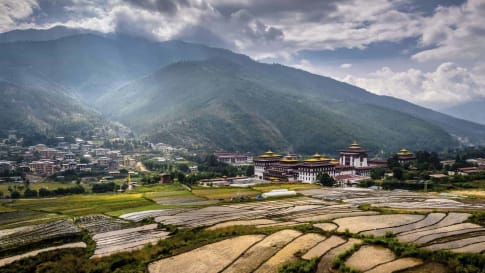
17 days
Sep, AprBhutan | Small Group Cultural Tour
Visiting Bhutan
An unhurried ocean of calm in a crowded continent, Bhutan is scenically magnificent. Join our small group escorted tour and walk up the mountain to the famous Tiger's Nest monastery. The Bhutanese will welcome you to share their distinctive culture, unpolluted environment, and colourful festivals.We explore centuries of Buddhist tradition inherited from Tibet that have shaped this land with art, dance, music, and even medicine shaped by religion.
From A$13,695 AUD
View TourRelated Articles

Books to read about the Silk Road | Guide for Senior Travellers
Best books to read about the Silk Road – a list for senior travellers The linking of Asia to Europe via Eurasia for conquest and trade since at least 120BC is a unique part of…
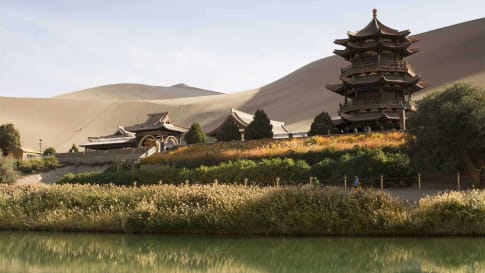
History and Legacy of the Silk Road route
The Legacy of the Silk road is outlined in this short definitive article for mature age travellers planning to take a small group tour along through these 3 countries over 29 days. The program is designed for mature couples and solo travellers.

Silk Road Explorers - "Imperialist Villains"
The Silk Road on the most famous overland trade routes from Asia to the markets of Alexandria and onto Venice. Article for mature and senior couples and solo travelers interested joining a small group tour starting in Xian through to Uzbekistan.

Discovering India as a Mature or Senior traveller
Discovering India as a Mature or Senior traveller India is a land of immense diversity and extremes – geographical, economic and spiritual. Its geography encompasses the glacial heights of the Himalaya in the north, the…

History of British Rule in India (1750 to 1805): Definitive Guide for Travellers
History of British Rule in India – learning for travellers This article will provide a brief overview of the several wars that were fought in India at the end of the Mughal empire that transitioned…
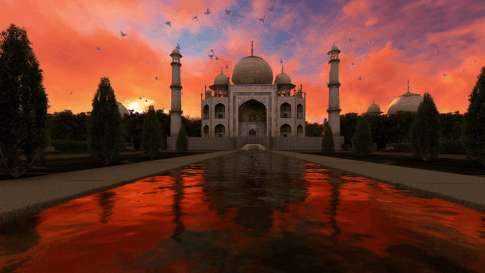
India's Mughal Empire
India’s Mughal Empire More than 4 centuries ago the Mughal empire was an immensely successful empire, covering the entire subcontinent of India and reaching a population of 100 million at its peak. It is because…

Mughals and Marathas: The Definitive Guide
The Clash of the Mughals and the Marathas The Mughal Empire officially ruled in India from approximately 1526 until 1856. Unofficially, however, Mughal reign became obsolete much sooner than 1856. It was in the later…

Questions about Mongolia for Senior Travellers
Explore and learn about on a seniors small group tour of Mongolia and its pastoral, cultural and historic settlement. Visit Ulaanbaatar, catch the train to Moscow, seek out dinosaurs as part of a small group.
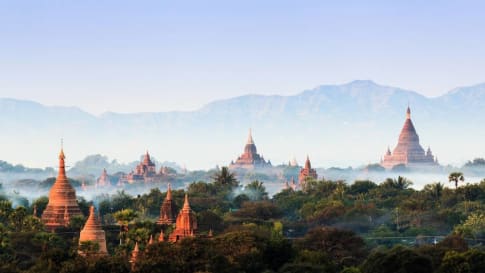
Explore Bagan
Explore Bagan, a cultural and artistic wonderland, on a small group tour The opportunity to explore Bagan, a cultural and artistic wonderland, on a small group tour does exist. Odyssey Traveller has offered small group…
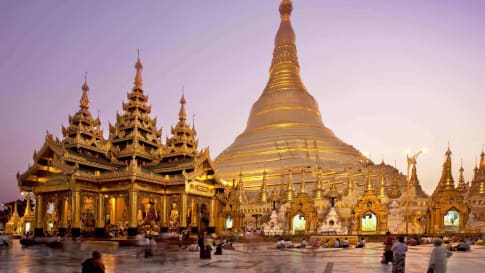
Questions about Myanmar for Senior Travellers
Explore and learn about on a seniors small group tour of Myanmar and its pastoral, cultural and historic settlement. Visit World heritage sites such a Bagan or spend time on the Irrawaddy river to Mandalay.

